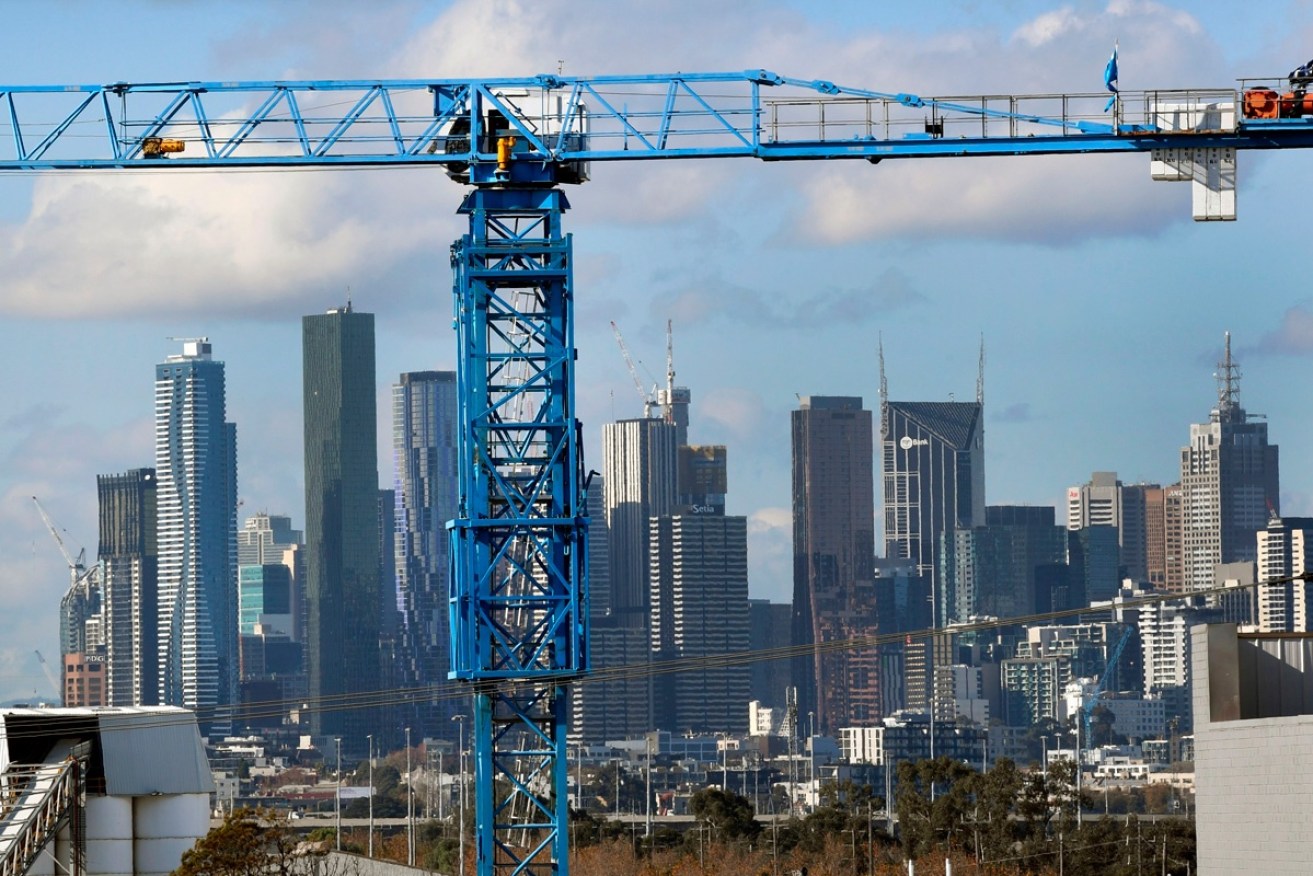As the apartment boom peaks, these are Australia’s most densely populated suburbs


Australia's economy is slowing. Photo: Getty
Australia is in the midst of an historic apartment construction boom, with high-density housing springing up and populations in inner-city areas swelling.
Over the year to March 2018 close to 97,000 medium to high-density dwellings were built across Australia, according to new data analysis by property research firm CoreLogic.
As of March this year, there were 155,275 medium to high-density homes still under construction, the majority based in inner-city Melbourne and Sydney.
CoreLogic head researcher Tim Lawless says Australia is currently “moving through the peak of an unprecedented boom” in apartment construction.
“So it shouldn’t come as a surprise that population densities have surged higher across many inner-city areas of our largest cities,” he said.
The apartment construction boom is not without critics, however, with concerns around oversupply, resale value, size, design, and build quality continuing to percolate.
What isn’t in dispute, though, is that in order to house its growing population—which recently broke the 25 million barrier—Australia must embrace medium and higher density living.
The eastern states are leading the charge, with Melbourne and Sydney home to around 60 per cent of Australia’s population.
Of the 20 most densely populated areas of Australia, all are located in Sydney and Melbourne.
Melbourne’s CBD is the most densely populated area in Australia, accommodating 45,231 people in a 2.4-square-kilometre area. This equates to a population density of just over 19,100 people per square kilometre in an area with a median unit price of $443,861.
The Victorian capital is currently home to 4.7 million people and is tipped to overtake Sydney—home to around 5.1 million—as the nation’s most populous capital city by 2030.
Last year, Melbourne’s population grew by 125,424, the largest annual increase of any city in Australia’s history. The state is also leading the construction boom, with one in 10 Victorian workers employed in the construction industry according to the Housing Industry Association, the largest share on records since the early 1980s.
Sydney is currently home to 15 of the top 20 most populated suburbs, in Australia.
Potts Point/Woollomooloo is the NSW capital’s most densely populated area. It ranked second nationally with 23,681 people housed in 1.5 square kilometres with a median unit price of $858,387.
Bondi Beach/North Bondi is the most expensive high-density area in the country with a median unit price of $1,187,723. The iconic beachside area came in ninth overall, housing 23,261 people in 2.5 square kilometres.
The inner-city Brisbane suburb of Kangaroo Point topped the list of high-density areas outside of the two major cities, ranking 15th overall with 9152 people living within just 1.3 square kilometres and a median unit price of $493,358.
Surfers Paradise on the Gold Cast came in 93rd overall, with 25,995 living in 5.3 square kilometres, and a median unit price of $392,437.
The ACT was represented by Braddon, ranking 118th overall, with 5849 people housed in 1.4 square kilometres, and a median unit price of $431,752.
Perth appeared at 182 on the overall rankings, with Tuart Hill – Joondanna housing 12,403 in 3.6 square kilometres, with a median unit price of $352,002.
Adelaide’s Unley and Parkside came in at 261, with 20,921 housed within 7.1 square kilometres, and a median unit price of $397,206.
Darwin’s Nightcliff came in at 284 with 4135 living in 1.5 square kilometres, and a median unit price of $293,365.
Hobart was represented at 450 overall, within a 1.5-square-kilometre area. West Moonah was home to 4020 people and had a median unit price of $329,996.








